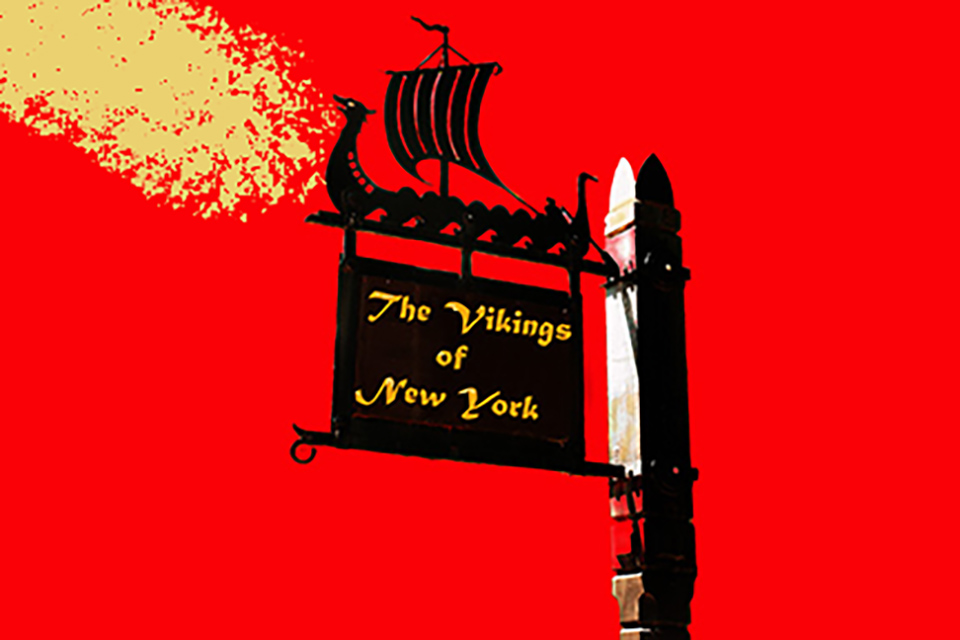
On May 5th, the first “Spirituality in Art” tour was launched at the Metropolitan Museum of Art in New York. The tours will be developed over the summer on an irregular basis and become a regular daily event in the Fall of 2024. The tours are under the curatorial guidance of Kathy Galitz.
Journey went on the tour with Gary Himes, who launched the inaugural tour.
Grimes, an easy-going loquacious guide, trained for a year in preparation. He is quite knowledgeable, particularly about the spiritual uses of music. The museum has ramped up the training of several guides for the tours. In fact, willing volunteers have exceeded the number of training slots available.
Each tour covers around five or six objects relevant to at least three of the five big religions: Christianity; Judaism; Islam; Buddhism; and Hinduism. Other religions are also covered, according to the selection of the tour guides. The descriptions center on explaining how the art shows a belief in the divine.
On our tour, we started with a remarkable rhythmically textured wooden sculpture of the “Virgin and Child Reliquary” that was carved around 1175-1200 A.D. in France. It was one of the first three-dimensional sculptures in the Christian faith. Himes speculated that Christians took a long time to produce such three-dimensional sacred sculptures because of a spiritual aversion to idolatry.

The guide noted that the missing hand of the Christ child sitting in Mary’s lap would have grasped a Bible. This type of presentation emphasized the availability of divine wisdom through Jesus and Mary.
Himes directed us to slowly go around the walnut art piece as he talked so that we could fully appreciate the evenly spaced supple ripples of Mary’s cloak, the traces of the bright painting that was used to cover the statue, and the large, almost manly hands of Mary.
Then, we made a wide historical and geographic circle over to the American art gallery that has another wood object, a ceremonial mask constructed by a Yup’ik artist in Alaska. Himes was careful to note the input of the tribal members about its presentation and interpretation. The mask was designed by a shaman, perhaps under the guidance of a dream. The arch that circles at the top of the mask indicates that all of the dimensions of the world—earthly and spiritual worlds –- are interconnected.
The Yup’ik usually make smaller masks for one-time use in ceremonial dances. The larger mask at the museum hangs from the wall while in a Yup’ik building of 1900, it probably hung from the ceiling. In other words, our spatial relation was approximately spatially parallel to the Yup’ik’s sense of sacred space.
Then, we went into the musical instruments section of the Met. You could tell Himes was particularly engaged: he also raises money for this section of the museum. Indeed, he made a very deft selection for our tour: two shofars (horns) set within a display case with dozens of other instruments. I don’t know how many times I have walked by the case and didn’t note the shofars.
If I had known of Himes’s explanation, I would definitely have made a couple of stops.
His description was revelatory about how the blowing of the shofar expresses the connection of Jews to God. In the Exodus from Egypt, there was a loud sound of the shofar amidst thunder and lightning as the Israelites approached Mt. Sinai. God called Moses to go up the mountain where he would receive the Ten Commandments. Such moments led the writers of the Talmud (a commentary on the Bible) to remember this as “a day of blowing.”
By this time, we were amazed at how exciting and informative the tour was. Although the tours are nonsectarian in their explanations, believers will find it easy to translate them into their own thinking. We then proceeded to even more riches in the Japanese and Chinese galleries. Nobody should miss going on these tours.
Each guide makes his own selection of objects for the tour which lasts about an hour. This summer, check the schedule ahead of time because the Spirituality in Art tours will only be sporadically offered. This fall, put on your comfortable shoes and holy mien as the tours will be offered most days, and each one will be a little different according to which guide does it. This is a great innovation at the Metropolitan Museum of Art.


Get More with Our Newsletter!
The latest news and event invitations from our team.










